Thank you for purchasing the ServeRAID M1015 SAS/SATA
controller. Please take a few minutes to read this Quick
Install Guide before you install your controller. For more
information about any topic covered in this guide, refer to the
other documents on your ServeRAID M Support CD.
The ServeRAID M1015 SAS/SATA (Serial Attached SCSI/
Serial ATA II) controller is PCI-Express 2.0, half-size, half-
height RAID controller based on the LSISAS2008 PCI
Express-SAS/SATA I/O Processor chip. The controller
controls eight internal 6 Gb/s SAS/SATA ports through two
SFF-8087 SAS x4 internal connectors.
Note
: Record your controller serial number in a safe
location in case you need to contact IBM.
You can use the ServeRAID M1000 Series Advanced
Feature Key to enable support for RAID 5 configurations and
self-encrypting disks (SED).
For more information about this controller and the Advanced
Feature Key, refer to the ServeRAID M1015 SAS/SATA
Controller User’s Guide on the ServeRAID M Support CD.
Note
: SATA II is the only type of SATA supported by
this RAID controller.
SERVERAID CONTROLLER INSTALLATION
Perform the following steps to install your ServeRAID M1015
SAS/SATA controller.
Step 1 Unpack the Controller
Unpack the controller in a static-free
environment. Remove the controller from the
antistatic bag and inspect it for damage. If the
controller appears to be damaged, or if the
ServeRAID M Support CD is missing, contact
your place of purchase.
The CD contains the following documents:
• ServeRAID M1015 SAS/SATA Controllers
User’s Guide
• ServeRAID-M Software User’s Guide
• ServeRAID-M Device Driver Installation User’s
Guide
Step 2 Prepare the Computer
Review all safety information provided with the
computer. Unplug the power cords from the
power supplies, disconnect the computer from
the network, and remove the computer cover.
See the documentation provided with the
computer for instructions.
Step 3 Review the Connectors
Figure 1 shows the location of the connectors.
Figure 1 ServeRAID M1015 Card Layout
Attention: Back up your data before you change your
system configuration. Otherwise, you might lose
data.
Important: When you handle static-sensitive devices, take
precautions to avoid damage from static.
Attention: Before you install the controller, make sure that
the computer is disconnected from the power and
from any networks.
ServeRAID M1015 SAS/SATA
Controller
Quick Install Guide
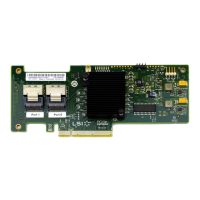
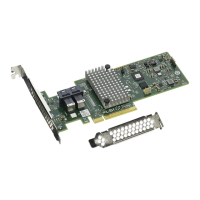
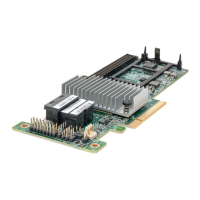
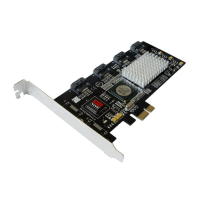

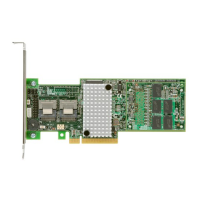
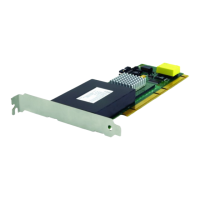


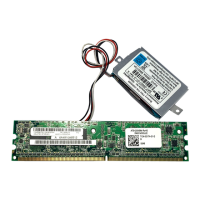

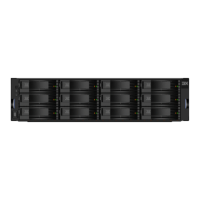

